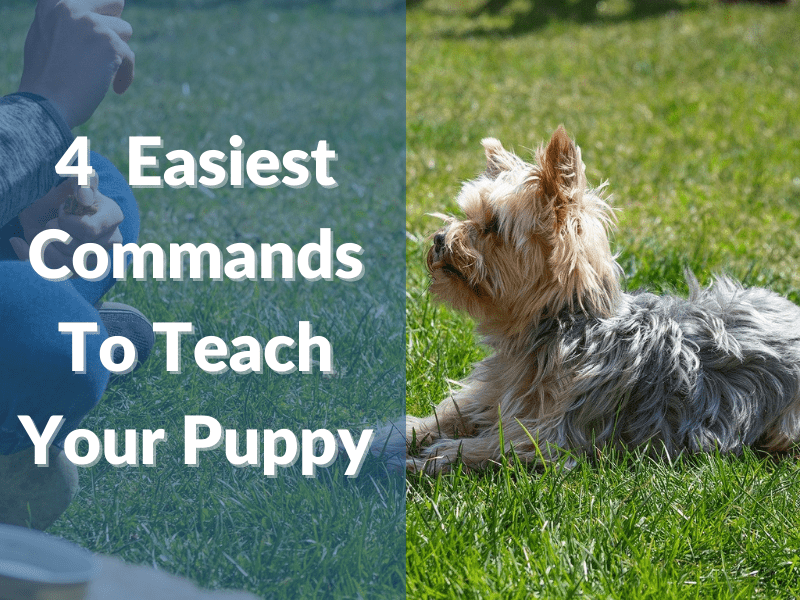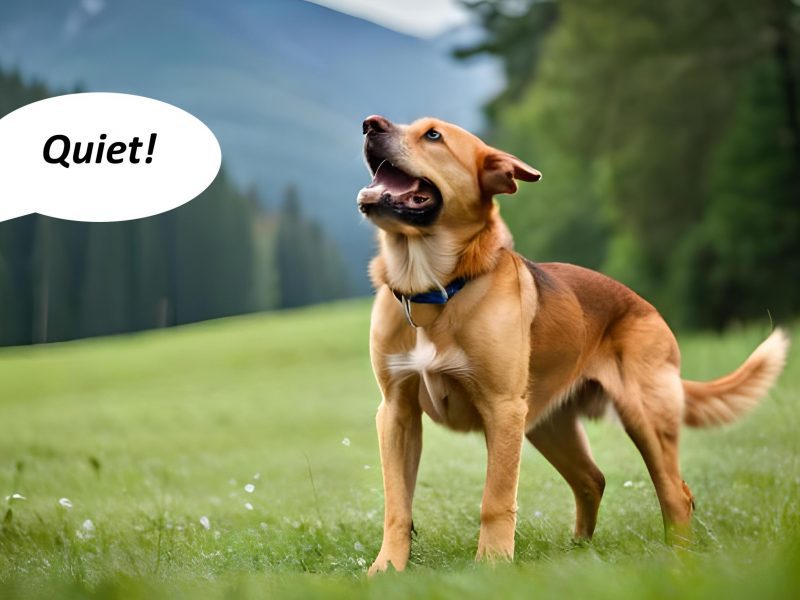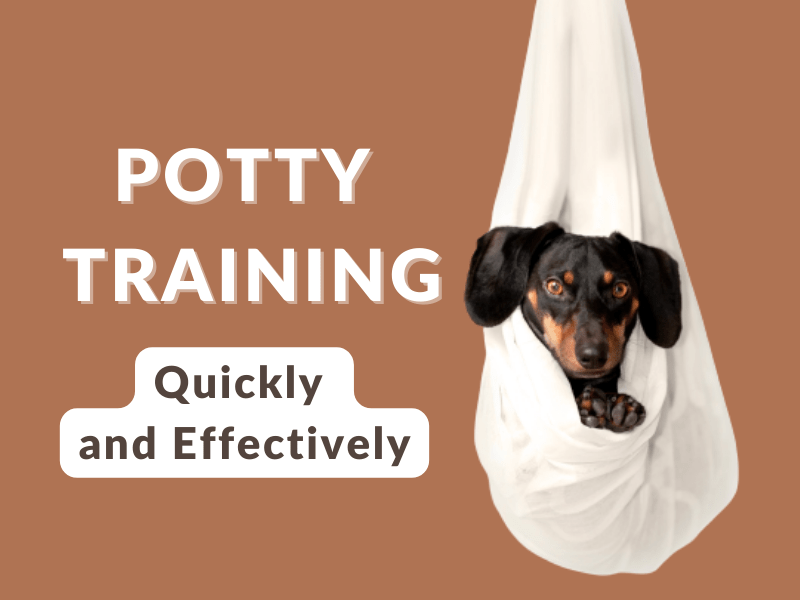“Obedience” is a word often misinterpreted in dog training to suggest the imposition of dominating control over our dog. But let’s get past the word and think of basic obedience skills as the 4 easiest commands to teach your puppy which a successful living arrangement between dog and owner is achieved. The sit, down, come, and stay behaviors are marks of a civilized and well-behaved dog. These behaviors will also be required for almost every trick in this article, and time spent teaching them now will reduce frustration down the road. “Since my dog already knows his groundwork commands, why should we continue to practice them?” for easy tricks to teach your dog, read this. Consider this: the concert pianist warms up by playing scales, the Olympic gymnast rolls summersaults, the teacher reviews lesson plans, and the NBA athlete works on his free throws. Obedience training serves a greater purpose than merely teaching your dog to perform behaviors upon command. It is a mental exercise and a comfortable routine that allows you to reconnect with your dog. Warming up with these familiar skills gives your dog the confidence to achieve new ones.
1. Sit

Steps For Training
Your dog sits squarely on his hindquarters and remains there until released.Step 1
Stand or kneel in front of your dog, holding a treat in your hand a little higher than your dog’s head.Step 2
Slowly move the treat straight back over your dog’s head. This should cause his nose to point up and his rear to drop. If his rear does not drop, keep moving the treat straight backward toward his tail. The instant his rear touches the floor, release the treat and mark the behavior by saying “good sit!”Step 3
If your dog is not responding to the food lure, use your index finger and thumb to put pressure on either side of his haunches, just forward of his hip bones. Pull up on his leash at the same time to rock him back into a sit. Praise and reward him while he is sitting.Step 4
Once your dog is consistently sitting, wait a few seconds before rewarding. Remember to only reward while your dog is in the correct position—sitting. WHAT TO EXPECT: Puppies as young as six weeks can start learning this command, and it is often the first trick a dog learns. Within a week, you should see some progress! TROUBLESHOOTING MY DOG JUMPS AT MY HAND WITH THE TREAT: Hold the treat lower so that he can reach it while standing. MY DOG SITS BUT KEEPS GETTING UP: In a gentle but firm manner, keep placing your dog back in a sit. Once he has learned the behavior, he should not break his sit until released. TIP! Command to teach your puppy to sit before each meal. This reinforces your position as pack leader and is just good manners! 1. Hold a treat over your dog’s head. 2. Move it straight back. 3. Press his haunches while pulling up on the leash.2. Down
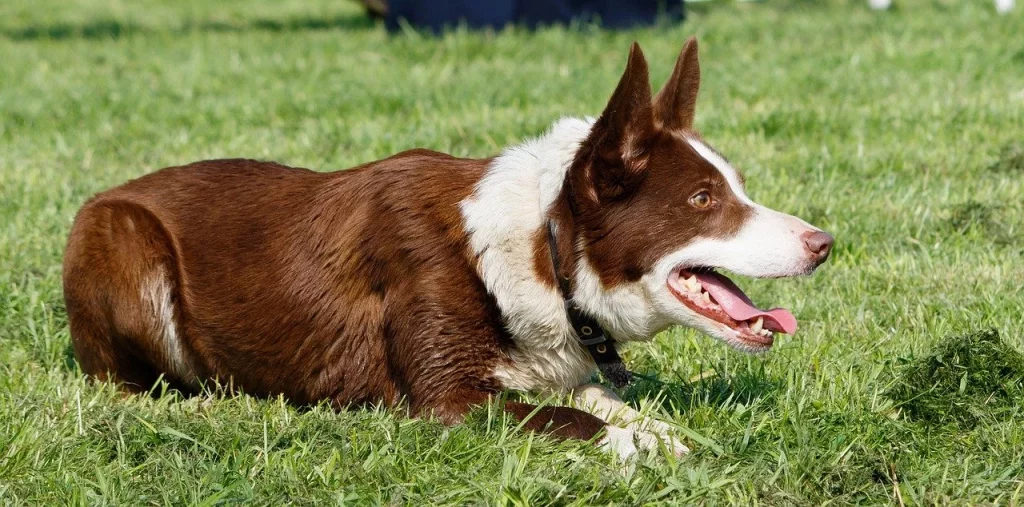
Steps For Training
Your dog drops to rest on either his chest and belly or askew on his hip. This vital command could help avert dangerous situations such as unsafe road crossings.Step 1
Hold a reward to your dog’s nose while he is facing you then lower it slowly to the floor.Step 2
If you’re lucky, when your dog follows the treat with his nose and lies down, you can release the reward and praise him. Remember to only release the treat while your dog is in the correct position—lying down. If your dog slouches instead of lying down, slide the treat slowly toward him on the floor between his front paws or away from him. It may take a little time but your dog should eventually lie down.Step 3
If your dog isn’t responding to the food offer, gently press down and to the side on his shoulder blade. When your dog falls to the floor, praise him. It is always ideal to encourage the dog into a position without using physical force.Step 4
Once your dog is consistently lying down, gradually delay the release of the treat. With your dog lying down, say “wait, wait” and then “good” and release the treat. Varying the time before treating will keep your dog focused. The dog should not move from the down position until you have given your release word, “OK!” WHAT TO EXPECT: Herding breeds and sedentary or massive dogs often drop easier into a down position than long-legged, deep-chested, and hyper dogs. This skill can be learned by dogs and puppies of any age. TROUBLESHOOTING MY DOG IS RESISTANT TO THIS BEHAVIOR: Your dog lying down before you are interpreted as subservience to you. Evaluate your status as pack leader. MY DOG DOESN’T STAY DOWN: If he stands up, do not praise him and immediately put him back down. If he tries to get up while wearing his leash, he will self-correct. MY DOG DOWNS IN ONE ROOM, BUT NOT ANOTHER: Pay attention to the ground surface. Short-coated dogs will often resist downing on hard floors. Try a carpet or towel. TIP! When a dog jumps on you or the sofa, use the command “off” instead of “down.” 1. Hold a treat to your dog’s nose. 2. Lower the treat to the floor. Slide the treat toward or away from him. Release the treat once your dog lies down. 3. Press downward and to the side.3. Stay

Steps For Training
When in a stay, your dog holds his current position until released.Step 1
Start with your dog sitting or lying down, as he is less likely to move from these positions. Use a leash to guarantee control. Stand directly in front of him and in a serious tone, say “stay,” holding your palm flat, almost touching his nose.Step 2
Move a short distance away, keep eye contact with your dog, and return to him. Praise him with “good stay” and give him a treat. Be sure to give the praise and treat while your dog remains in the seated and staying position.Step 3
If your dog moves from his stay before you have released him, gently but firmly put him back in the spot where he was originally told to stay.Step 4
Gradually increase the time you ask your dog to stay, as well as the distance between yourselves. You want your dog to be successful so if he is breaking his stays, go back to a time and distance he can achieve. WHAT TO EXPECT: The tone of your voice and your body language will be a big part of getting your message across. Be firm and consistent, and it won’t take many sessions before your dog begins to understand. TROUBLESHOOTING MY DOG KEEPS GETTING UP: Use very little verbal communication when teaching this skill. Talking evokes action, and you want in action. The solid-body language will convey your seriousness. MY DOG SEEMS TO BREAK HIS STAY A SECOND BEFORE I RELEASE HIM: Do not show him the treat until you give it to him, as it may pull him forward. Vary your pattern; sometimes return to him and leave him again without reward. TIP! “Stay” means: don’t move a muscle until I release you. “Wait” is less formal, meaning: stay approximately there for a short time. “Wait until I gather my things before jumping out of the car.” 1. Command your puppy to “stay.” 2. Move a short distance away. 3. Return him to the original spot if he breaks.4. Come
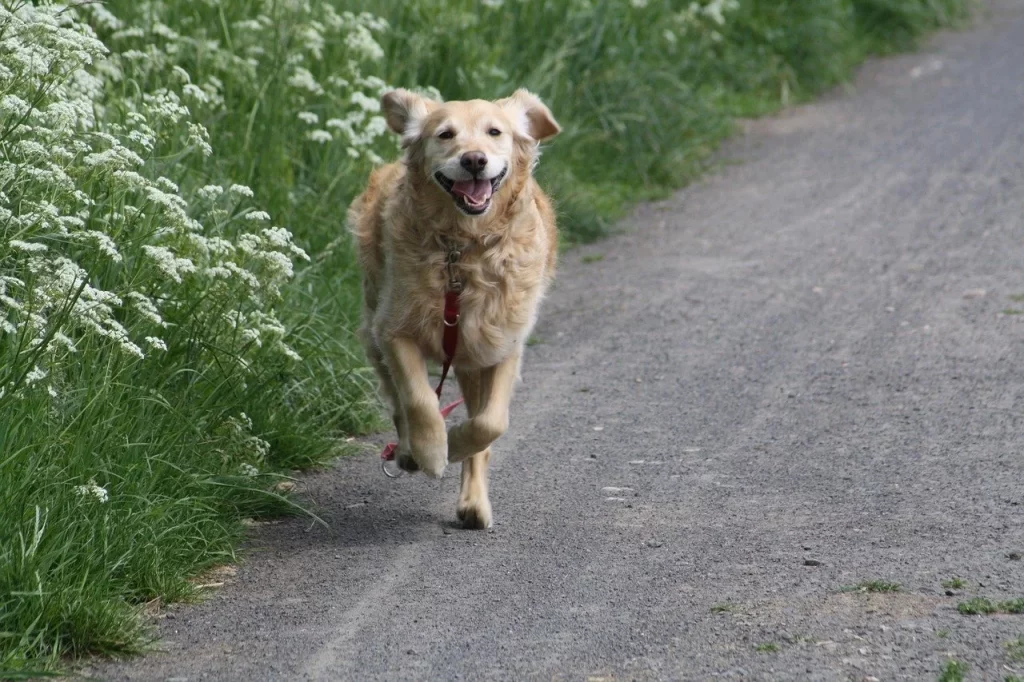
Steps For Training
Upon your command, your puppy comes immediately to you. In competition, this command ends with your dog sitting in front of you. For this command to be consistently obeyed, your status as pack leader needs to be definite. Always reward your dog for obeying your “come” command, whether it be with praise or a treat. Not obeying this command, however, should be viewed as a major infraction and should end with you physically bringing your dog to the spot from where you originally called him.Step 1
With your dog on a 6’ (1.8 m) lead, command him to “come” and reel him quickly into you, where he will be praised. Your command should sound happy, but firm. Give the command only once.Step 2
As your dog improves, graduate to a longer lead.Step 3
When you are ready to practice off-lead, do it in a fenced area. Let your dog drag a leash. If he does not obey your first command, go to him and firmly lead him back to the spot where you gave the command. Do not give a reward if the dog does not perform the command on his own, the first time you call. Put the long lead back on him and require him to do five successful “come” before attempting off-lead again. WHAT TO EXPECT: A dog can learn the meaning of the word very quickly, but the practice and enforcement of this command should continue for life. TROUBLESHOOTING ONCE-OFF LEAD MY DOG RUNS OFF! Do not chase your dog, as that will only encourage him. Stand your ground and demand that he come. Dogs respond to a leader. DO I HAVE TO ENFORCE THIS COMMAND EVERY TIME I USE IT? Yes. If you are not in a position to enforce it, don’t give the command. Instead, just call your dog’s name or use “c’mon boy!” TIP! Call your dog to come for good things. Never call “come” for a bath or trip to the vet—go and get your dog instead. 1. Reel your dog into you. 2. Move to a longer lead. 3. Train off-lead in a fenced area.Conclusion
We constantly wish to have a fun relationship with our dog no matter where we go. Teach these simple commands to your puppy to solve any behavioral needs and maintain a happy and healthy companion. With all these commands, your pet would be off to a great start. It’s vital to begin teaching these commands as soon as possible so that your dog and you are set up for a lifetime of loving.Recommended Reading
- How To Training A Dog To Pee Outside Step By Step
- How to stop a Dog From Pulling on the Leash
- Benefits of Crate Training Puppy You Should Know


